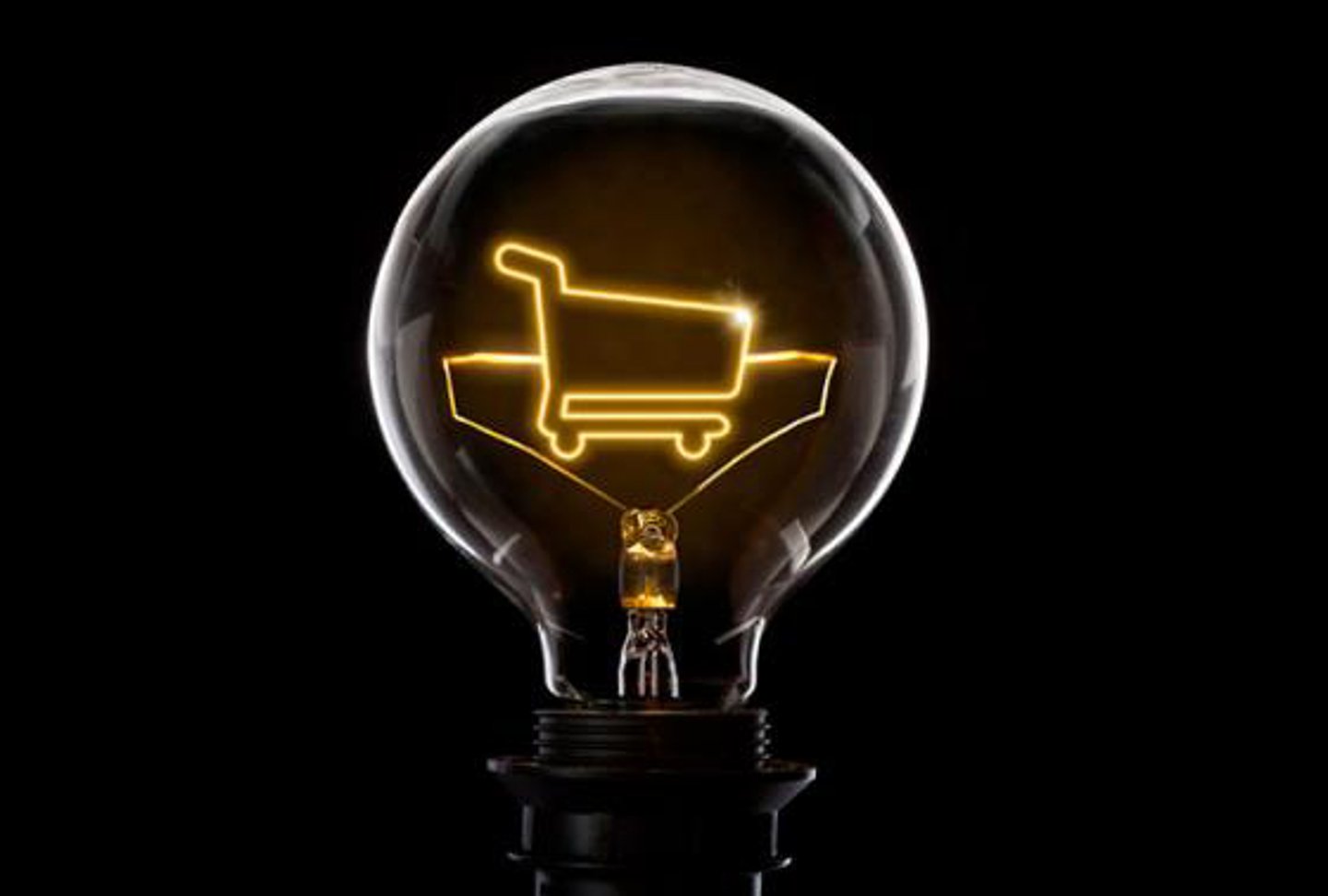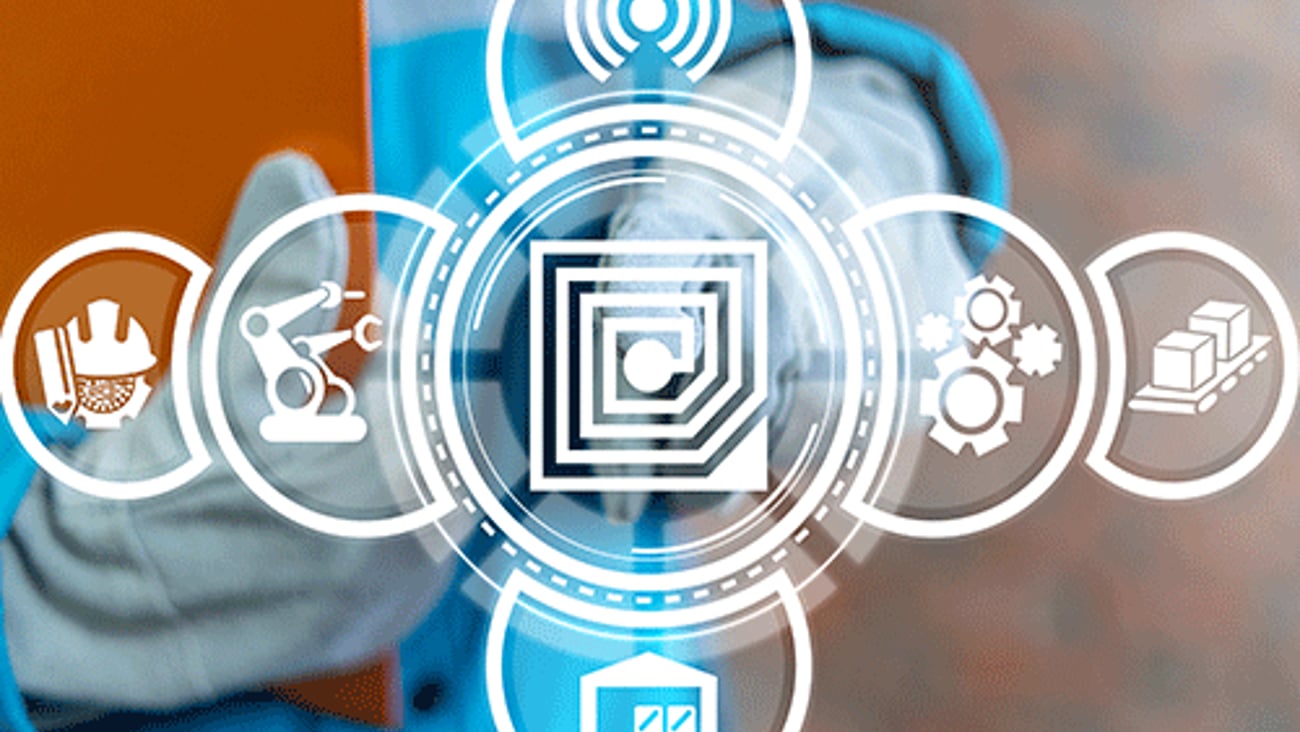Three Retail Technologies to Watch at NRF 2022
Attendees at the National Retail Federation’s annual convention, known as the “Big Show,” will get a good sense of the direction retail technology will take this year.
Traditionally, the technologies displayed on the exhibit floor of the show, taking place Jan. 16 to 18 at New York’s Jacob K. Javits Center, provide a strong indication of where retailers will focus their IT activities for the next 12 months. Given the current state of the industry, NRF attendees should pay particularly close attention to trends in the areas of metaverse, supply chain, and store operations.
‘Meta’ physics
By now, everyone has heard about the “metaverse.” It’s an omnichannel environment where consumers use augmented and virtual reality technology to digitally engage with each other and their surroundings, with crossovers into the physical world.
Current examples of retail metaverse experiences included the Nikeland space from Nike, based on the popular Roblox gaming platform; as well as Ralph Lauren’s partnership with the Zepeto global social networking and avatar simulation app, which includes digital shopping.
The metaverse can also integrate with the “real” physical world, as evidenced by a promotion during the 2021 New York Fashion Week event where Crocs partnered with flex payment platform Afterpay to reveal an exclusive collection of Jibbitz charms at a Times Square digital “Dropshop” AR-based shopping experience.
The metaverse provides retailers with the opportunity to monetize new storefronts and product assortments in a virtual or augmented space. NRF attendees with a “meta” interest should pay careful attention to what types of metaverse solutions are on display. Virtual payment applications? Software to enable high-quality VR and AR renditions of “real life”? How about the actual hardware (such as headgear and eyewear) that users may need to “enter” the metaverse?
Supply chain blues
Supply chain disruption was one of the biggest retail news items throughout 2021, and shows no signs of fading away. Numerous retailers have cited supply chain issues as the cause of persistent out-of-stocks and as a damper on sales and income.
A staggering 98% of retailers in a recent survey from First Insight and the Wharton School of Business said supply chain issues will continue impacting the retail sector through 2022 and beyond; and a December survey from Blue Yonder and RSR Research indicates the industry is losing its capability to mitigate supply chain problems.
On the consumer side, 70% of shoppers surveyed by L.E.K. Consulting reported they were adjusting their holiday buying behavior, with 86% being aware of supply chain issues.
This much challenge presents a major opportunity for supply chain technology vendors. But there are a variety of technology-driven approaches to mitigating supply chain disruptions.
Artificial intelligence (AI) and machine learning (ML) systems can help retailers predict and avoid issues before they occur, detect them as soon as they happen, and/or devise the best responses. AI can also help retailers optimize inventory placement.
Meanwhile, real-time inventory tracking technologies, such as RFID and computer vision, can help retailers detect needed products at any point in the supply chain, at scale. Automated delivery vehicles can help retailers overcome serious shortages of truck drivers.
[Read more: Truck driver shortage hits all-time high — could double by 2030]
And these are just a few examples of possible solutions aimed at resolving nagging supply chain issues. Technology trends spotted on the exhibit floor should give a good indication of how retailers will be tackling the supply chain in 2022.
Remember the store
The brick-and-mortar store has been prematurely pronounced dead more times than Saturday Night Live. During the widespread store closures caused by the emergence of COVID-19 in spring 2020, many observers saw the surge in online shopping, as well as in omnichannel activities such as BOPIS, curbside pickup, and ship-from-store, as evidence this time the store was truly “dead.”
Except, of course, it isn’t. But the way consumers shop at stores is evolving. That evolution is definitely toward a connected store environment that integrates digital and physical retailing.
But there are many different ways to create an in-store omnichannel experience. It will be interesting to see how many solutions that essentially build upon traditional shopping – such as mobile navigation and self-checkout – are on display compared to the number of solutions that re-invent how stores operate – such as microfulfillment for ship-from-store and dark store/ghost kitchen operations, and geofencing for curbside pickup programs.







